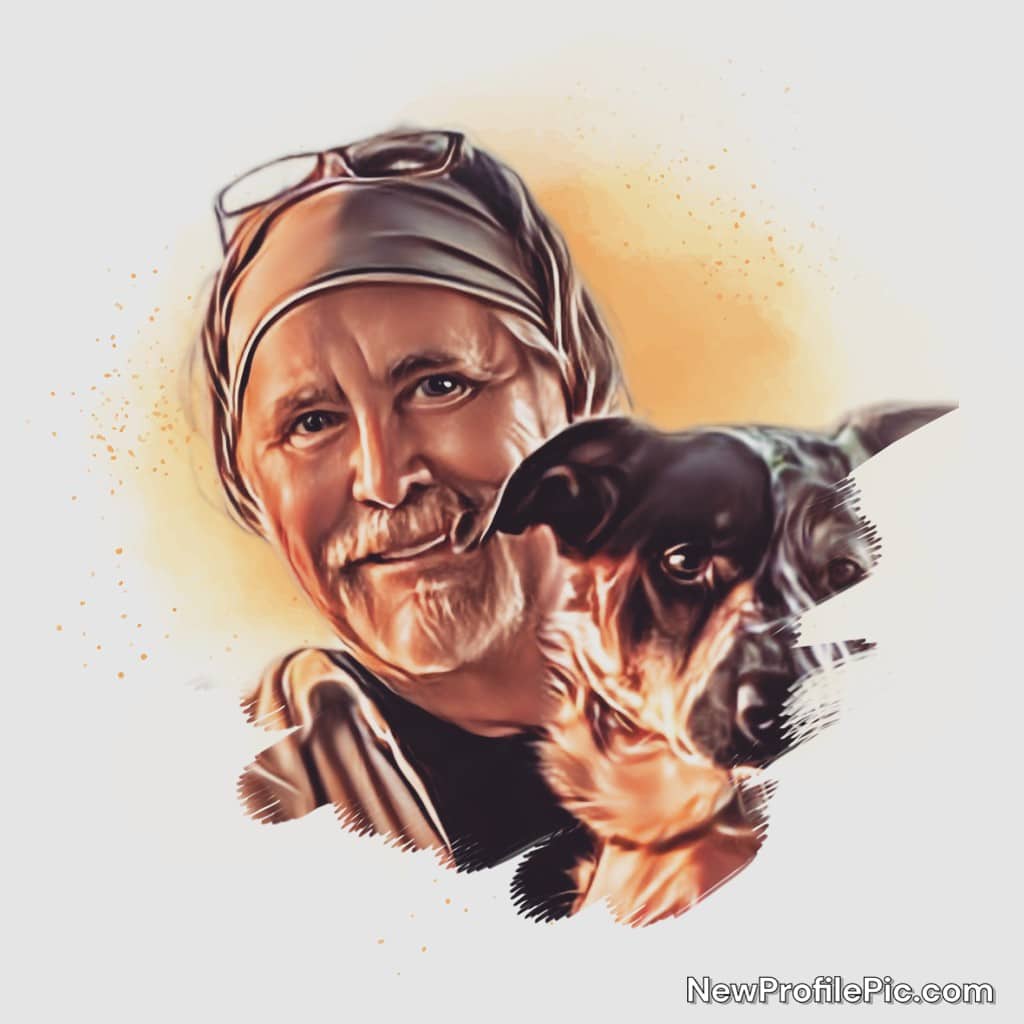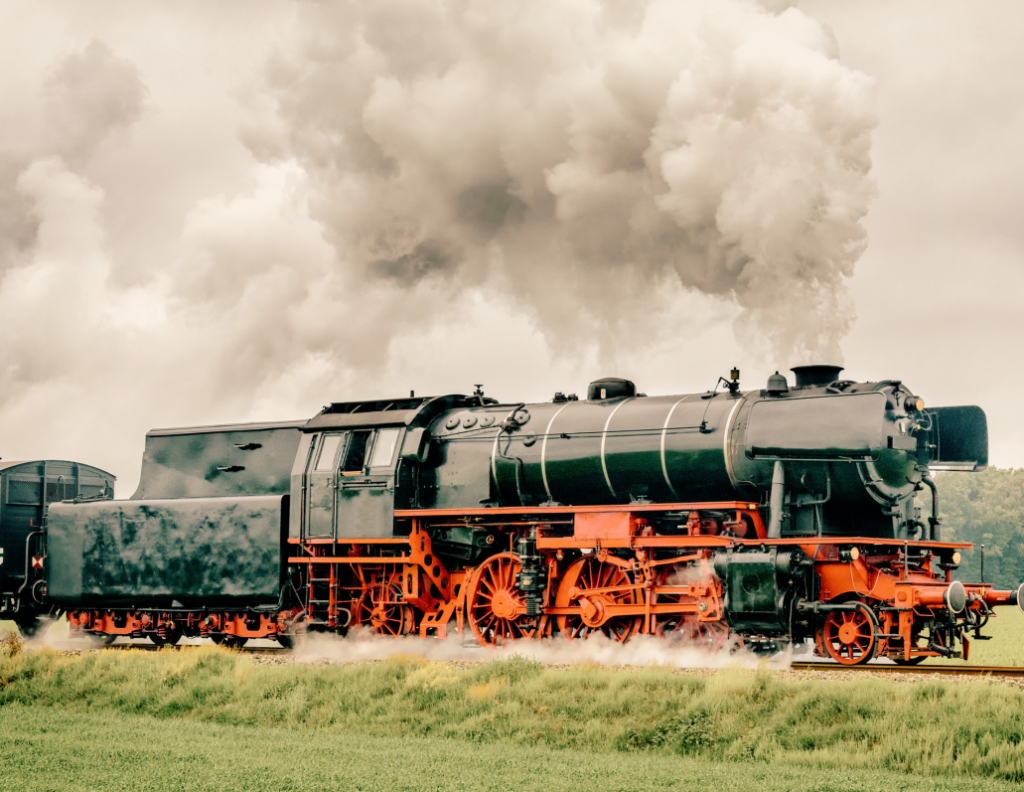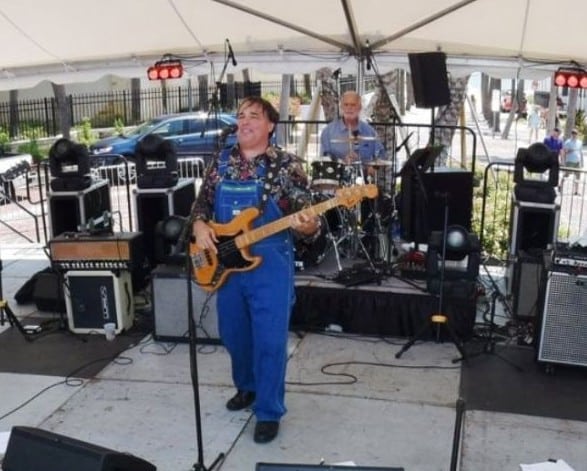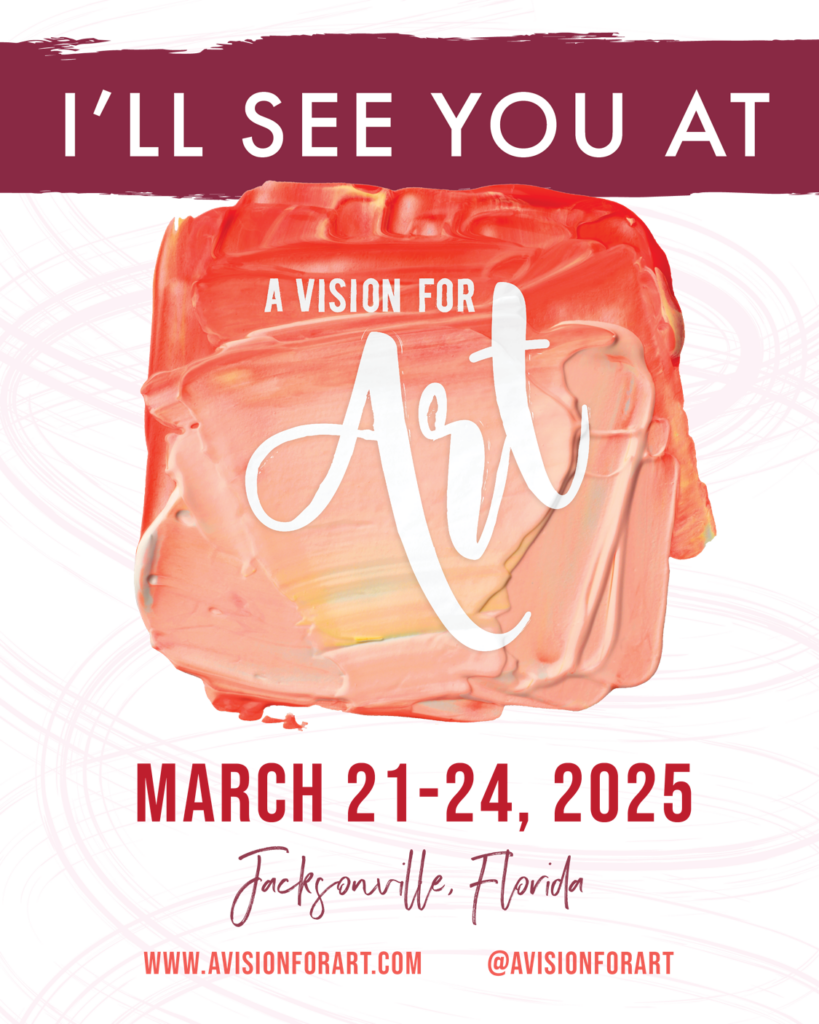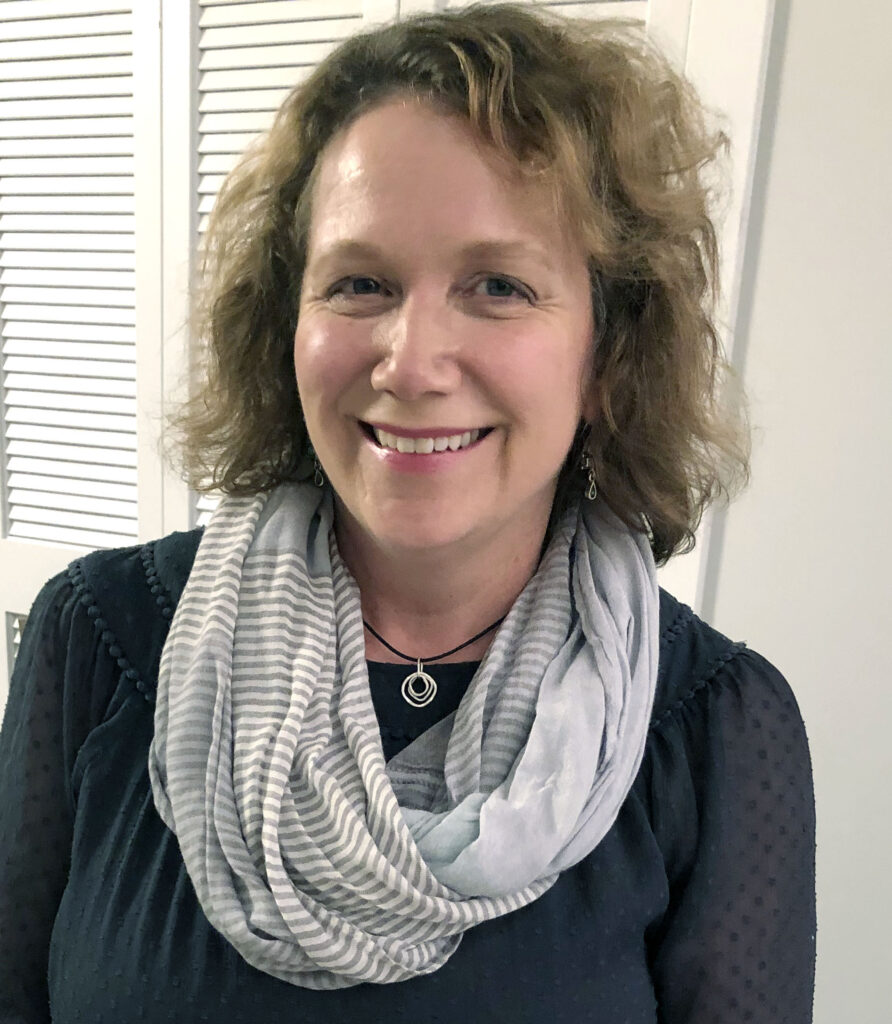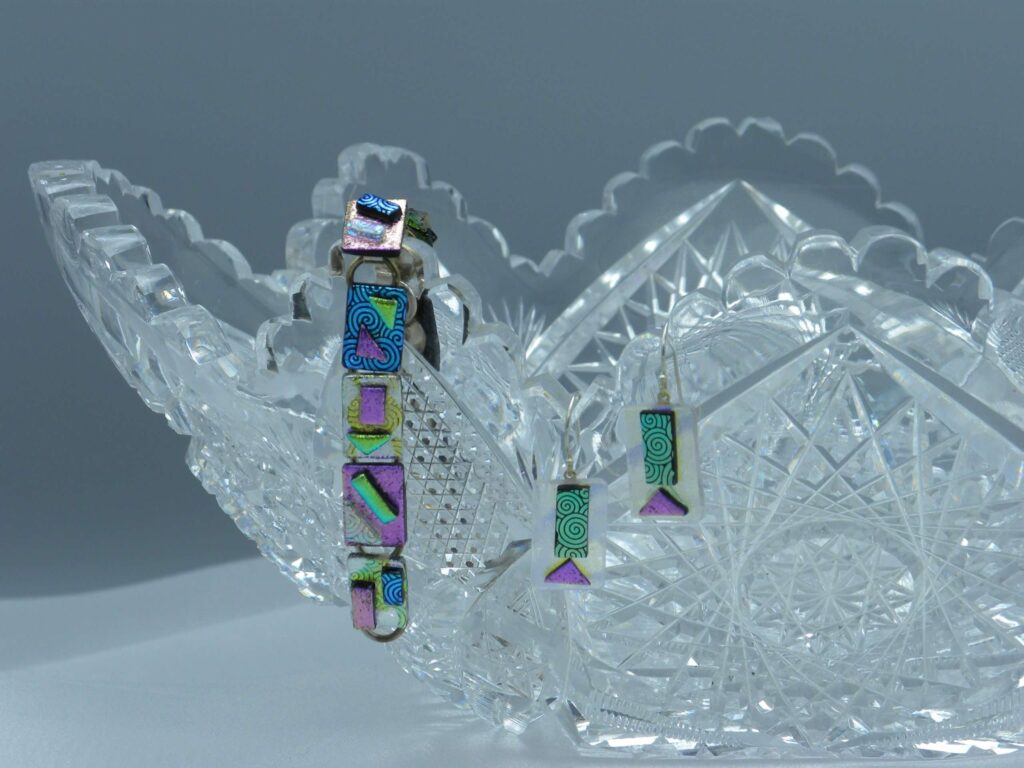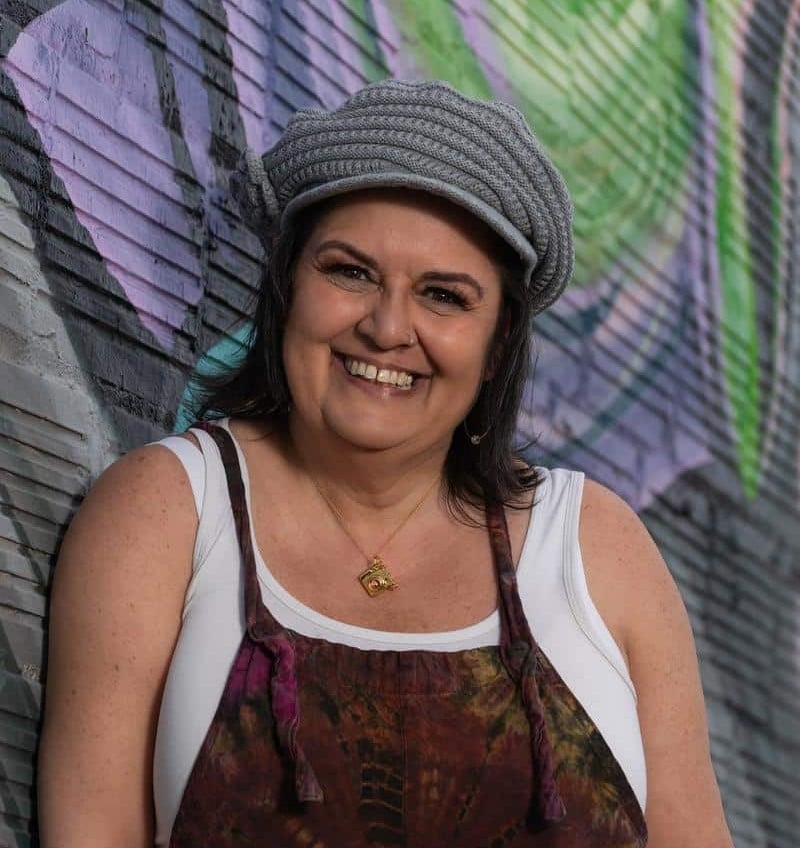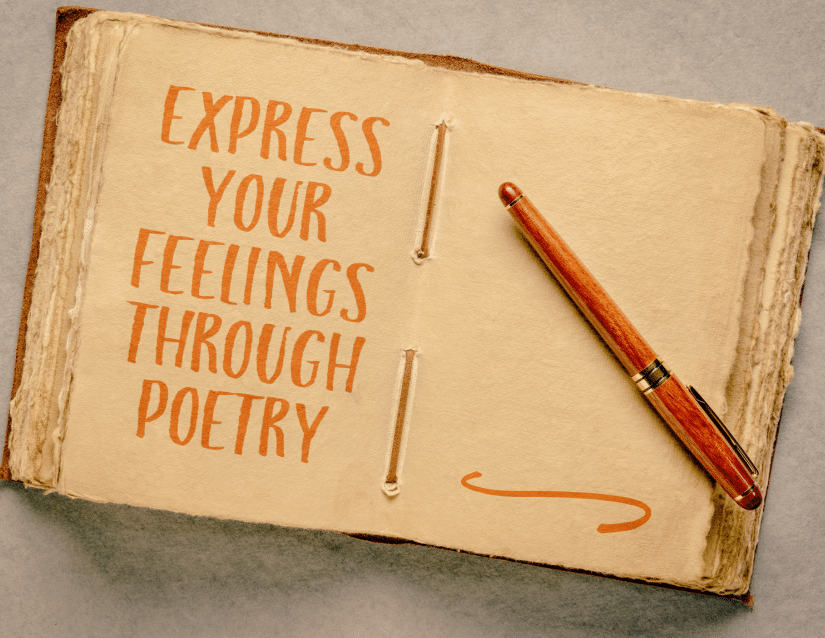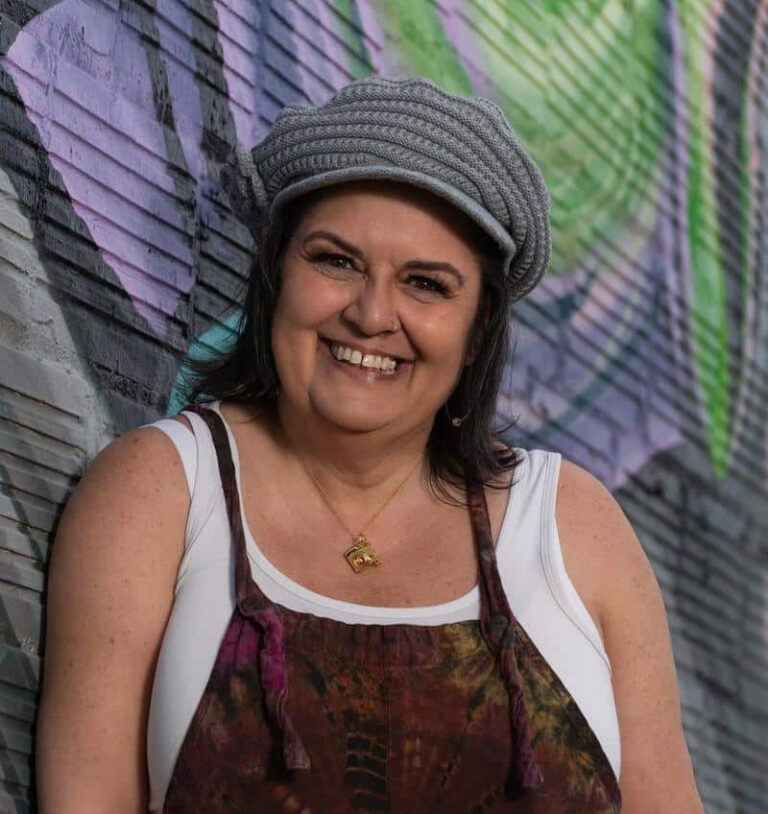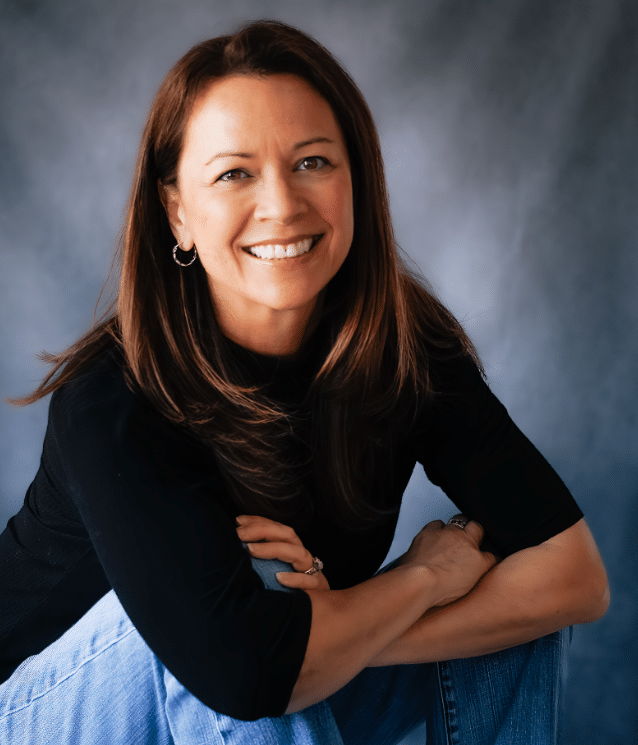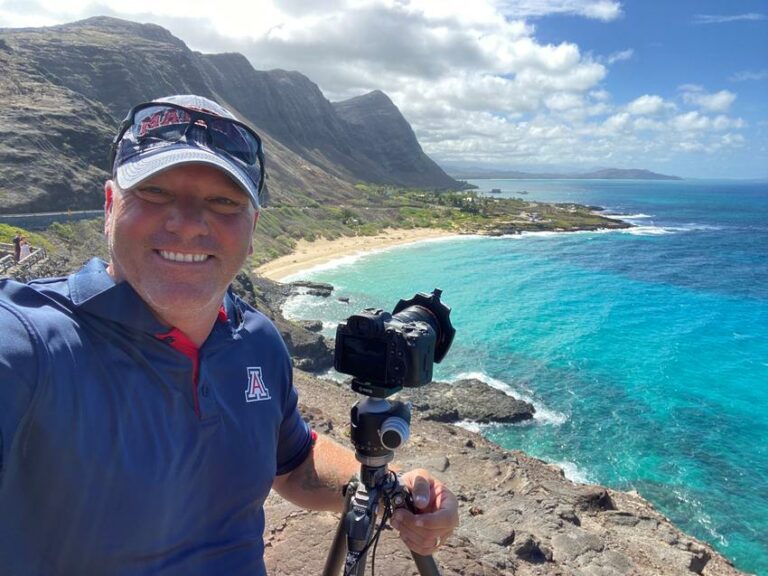Getting to Know the First Coast: A Newcomer’s Experience
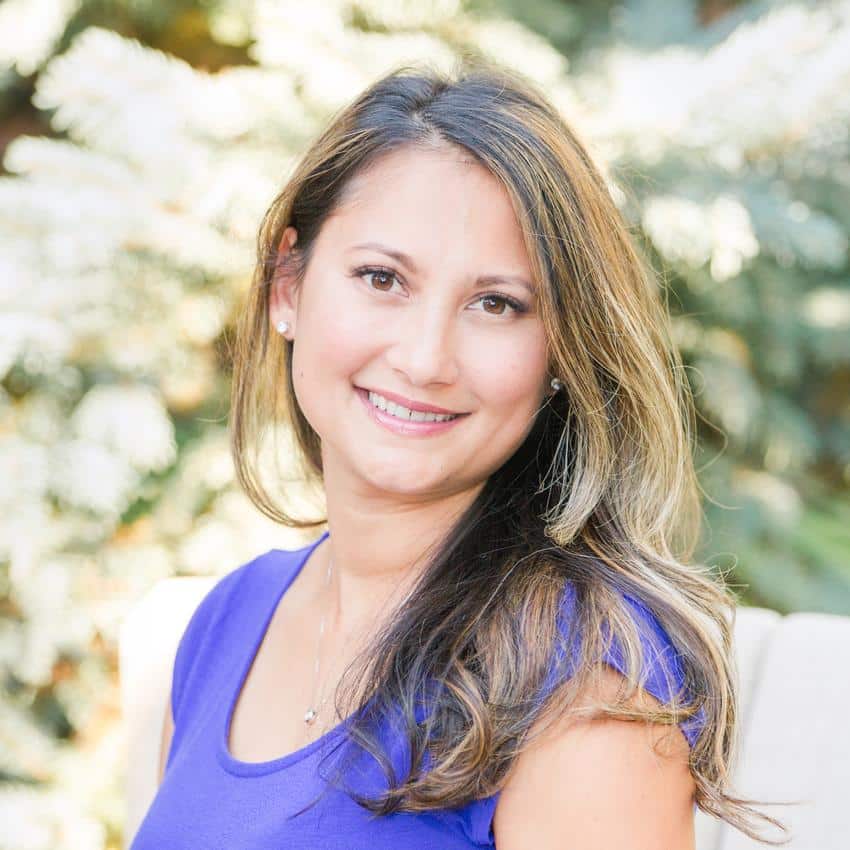
Hi Claire. So nice to meet you! So tell us in what part of the First Coast do you reside now and how long have you lived there.
I currently reside in the World Golf Village area of St. Augustine, Florida, and have lived here since August 2022. Before moving to St. Augustine, I lived in Haymarket, Virginia where I grew up.
Why did you get into photography?
My love for photography started at a young age when I had a Polaroid camera as a child. In college, I upgraded to a digital point-and-shoot. When I had my first son, I took lots of pictures (like most new parents do) to create scrapbooks. However, it was when my son started practicing taekwondo that I got serious about improving my photography skills. The fast-paced, low-light environment of the sport was a challenge for me and it sparked my interest in learning how to become a better photographer.
What photographers are your biggest influences? How did they affect who you are and how you create?
I have always admired the work of my peers and fellow local photographers. Their work has inspired me and pushed me to constantly improve my own skills. One of my first influences as a photographer was Ansel Adams. In my first apartment, I had several of his prints hanging on the walls, and his style, use of light and shadows, and overall aesthetic have definitely left a lasting impact on me. I strive to capture the beauty in the world around me and create images that are both technically sound and emotionally impactful, much like his work.
Annie Leibovitz is another one of my biggest influences as a photographer. Her innovative use of light and composition, as well as her ability to tell a story through her images, have been an inspiration to me. She has paved the way for modern portrait photography and her iconic images have captured some of the most famous people and moments in history. Her work has inspired me to approach my own photography with creativity and an eye for storytelling.
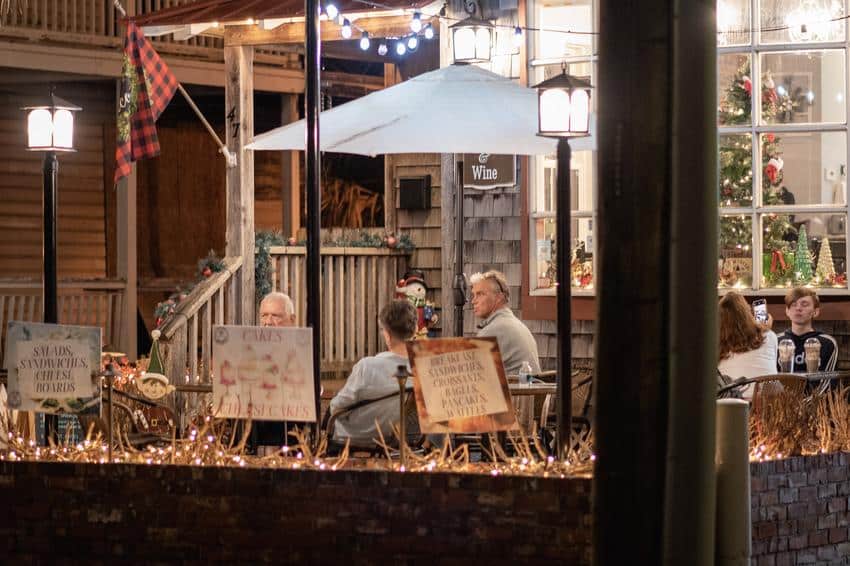
How long have you been shooting? How do you feel you’ve evolved since you started?
I’ve been shooting for over a decade now and since I started, I feel that I have evolved significantly as a photographer. When I first started, I was focused on learning the technical aspects of photography and developing my skills. Over the years, I’ve gained more experience and confidence in my abilities, allowing me to take a more creative approach to my work. I’ve also become more attuned to the emotions and stories behind the images I capture, which has helped me to create more meaningful and impactful photos. I feel that there’s always room for growth in all aspects of life, and as a photographer, it has been a continuous process and I’m always looking for new ways to push my limits and improve my craft.
Tell us about your photographic identity. You know you as a person have an identity that fundamentally makes you who you are. Tell us about that as a photographer:
My photographic identity is focused on capturing meaningful moments and telling a story with each image. My approach is centered around making my subjects feel comfortable and relaxed, which allows their natural personalities and emotions to shine through in the photos. I bring fun and lighthearted energy to each shoot and use humor to put my subjects at ease. My goal is to create images that not only look beautiful but also evoke emotions and tell a story about the people and moments captured. I believe that a photo is not just a visual representation, but a powerful tool for preserving memories and emotions, and this is what drives my passion for photography.
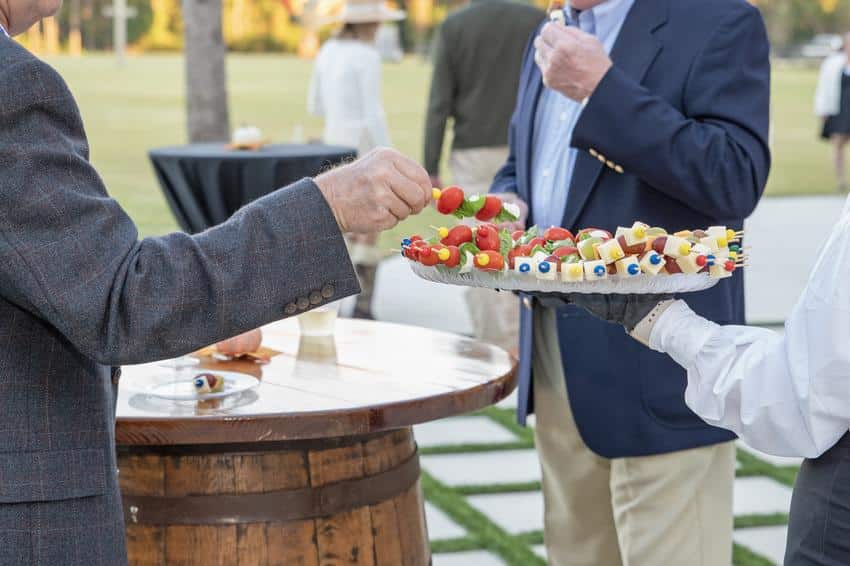
Tell us about the gear that you’re using. Please give us a list with reasons why you choose it. Please be descriptive. We want to know how it helps you translate your creative vision:
I shoot with a Nikon D750 and have built a collection of lenses over the years to suit different types of photography. My go-to lenses are chosen based on the specific needs of each shooting situation.
First, I have a 35mm prime lens, which is ideal for indoor, fast-action, low-light situations. This lens allows me to capture images quickly and with great detail, making it perfect for capturing spontaneous moments in low-light environments. I also use it during food shoots.
Next, I have a 70mm-300mm zoom lens, which I got for action shots of my sons playing baseball. This lens allows me to get close to the action and capture all the detail from a distance.
For portraits, I use a 50mm prime lens for studio style or my 85mm for lifestyle, which gives me a beautiful bokeh and helps me to create portraits with a shallow depth of field that draws attention to the subject.
For real estate and group shots of food, I use a 10mm-24mm wide-angle lens. This lens helps me to capture large, spacious scenes, and wide landscapes and allows me to fit more objects in the frame.
Finally, I have a 24mm-70mm lens, which I use for family portraits or when I’m entering into a situation where I’m not sure what to expect. This lens offers a great range and versatility, allowing me to capture a wide variety of images with just one lens.
Each of these lenses (and I have more) is carefully chosen based on the specific needs of each shooting situation, and I constantly evaluate my gear to ensure that I have the right tools to help me translate my creative vision into stunning images.
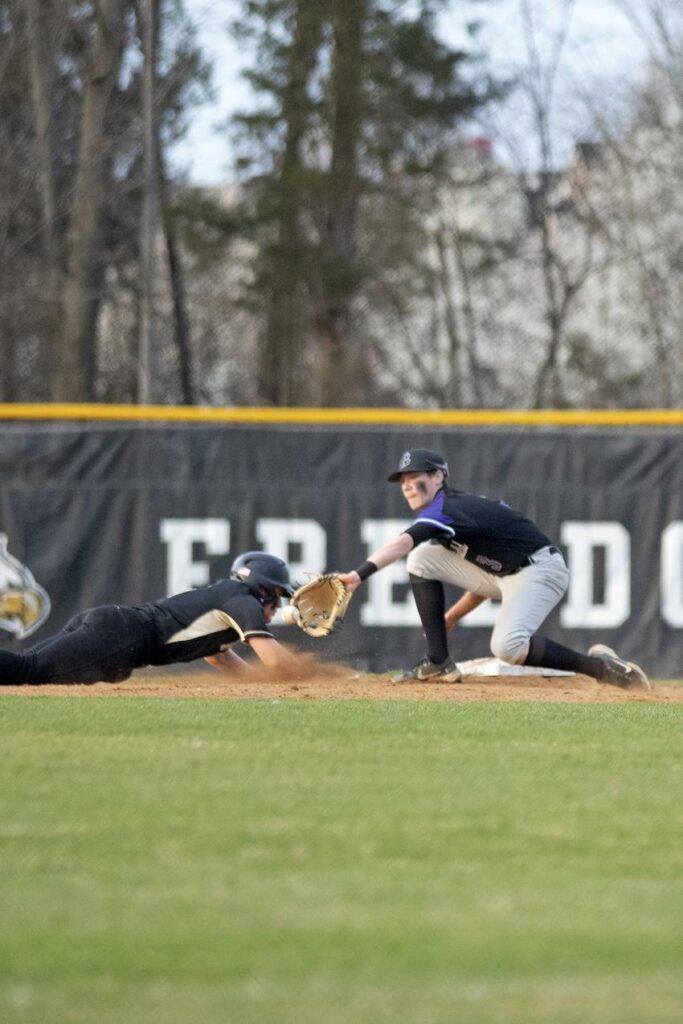
Natural light or artificial light? Why?
I believe that both natural light and artificial light have their own unique benefits and drawbacks.
When shooting outdoors, natural light is my preferred choice as it provides a beautiful, natural look that is difficult to achieve with artificial light. I love the way natural light changes and evolves throughout the day, and I find it to be a very flexible tool for capturing stunning images.
However, there are also times when artificial light is the better option. When shooting headshots, I prefer to use my studio light as it provides a consistent, controlled light source that makes everyone look their best. Studio lights are particularly useful when shooting in low light conditions or when I need to manipulate the light in a specific way to achieve the desired effect.
Ultimately, the choice between natural light and artificial light depends on the specific needs of each shooting situation.
Why is photography and shooting so important to you?
For me, photography is more than just a profession, it’s a personal passion that holds great significance. I rely on photography to preserve memories and to document my life and the lives of others. I’m only in my 40s but I already have a bad memory, photographs serve as a visual diary that helps me to recall important moments and experiences.
Additionally, given my personal connection to dementia through my paternal grandparents, I understand the value of having photographic evidence of everyday life and special moments. I believe that photographs can serve as a powerful tool for preserving memories and telling stories, even for those who may struggle with memory loss later in life.
Whether I’m shooting for clients or just for myself, I approach every shoot with a sense of purpose and a commitment to capturing memories that will last a lifetime.
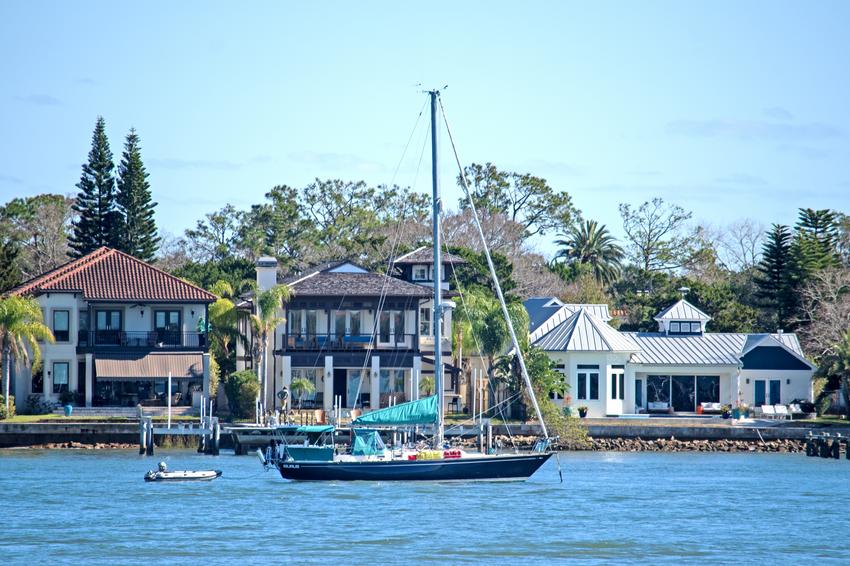
Do you feel that you’re more of a creator or a documenter? Why? How does the gear help you do this?
As a photographer and a social media marketer, I would say that I’m both a creator and a documenter. I believe that the role of a photographer has evolved with the advent of social media and the rise of visual storytelling. On the one hand, I document the world and capture moments, emotions, and experiences. On the other hand, I also bring a creative vision to my work, using my technical skills and artistic eye to craft images that tell a story, evoke emotion, and create impact.
What’s typically going through your mind when you create images? Tell us about your processes both mentally and mechanically.
When I’m behind the camera, my mind is always focused on the purpose of the shot. I think about what I want the photo to convey and how I can best capture that through my lens. I think about how to highlight the focal point of the shot, whether it’s a person, a piece of food, or a beautiful landscape.
Mechanically, I take into account the technical aspects of photography, such as aperture, shutter speed, and ISO. I use these tools to control the depth of field and the amount of light in the shot. I also pay attention to the placement of elements in the frame, using the rule of thirds or other compositional techniques to create a visually appealing and balanced image.
When I’m creating images, I’m always considering both the creative and technical aspects of photography, constantly evaluating and adjusting as I go, to make sure I’m capturing the shot exactly as I envision it.
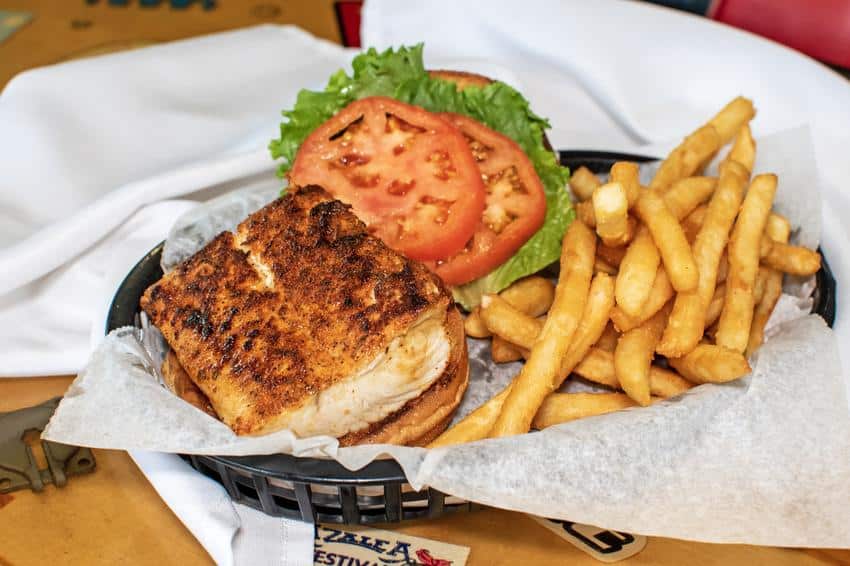
What made you want to get into your genre?
Growing up, I was always fascinated by my father’s travel photos and the stories behind each image. As a radio officer in the cargo shipping industry, he traveled to many countries and documented his adventures through photography. I believe that this interest in capturing memories and the storytelling aspect of photography was hereditary.
What do you think is the most important component to producing great results? (camera, lens, light, editing, location, artistic vision, etc.)?
I would say that artistic vision is the most important component in producing great results. A photographer’s ability to see and capture the beauty, even if the technical aspects of the shot may not be perfect, is key to producing truly stunning photos. Of course, having the right gear and utilizing it effectively, as well as understanding lighting and editing, are all important components, but I believe that a strong artistic vision is what truly sets great photographers apart from the rest.
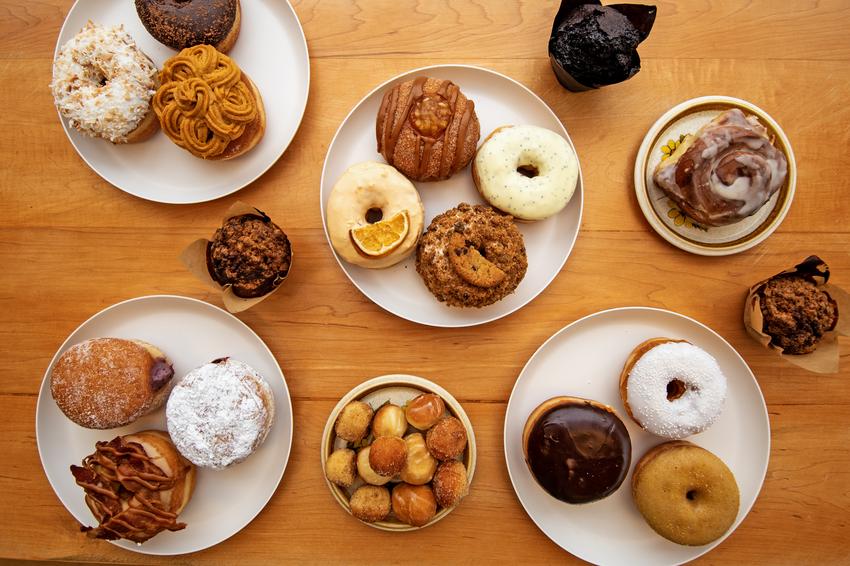
What is the goal of your photography? (A business, just to share on social media, gateway to adventure, etc.)?
The goal of my photography is not to build a business, but to express my artistic vision and creativity. My passion is to capture images that are beautiful and eye-catching, and to create art that elicits an emotional response and inspires wonder in the viewer. As a creative, photography is my means of self-expression.
What is the best way for photographers to network?
I believe that social media is the easiest and most effective way to network with others. By showcasing your work on these platforms, you can not only share your creativity with the world but also engage with others who appreciate your work. I also believe in the importance of fostering a sense of community over competition. For instance, one of my closest friends from back in Northern Virginia is also a photographer. We met at a networking event, and since then, we continued to network, collaborate, attend educational events, and even shop for gear together.
Do you shoot with your editing style in mind, or do you edit based on the shot that you got?
My approach to editing is to get as much right in camera as possible. I prefer light, easy editing and aim to achieve my desired outcome in the initial capture. While I am no master at Photoshop, I believe in making minimal adjustments to enhance the natural beauty of the scene rather than relying on post-production to correct mistakes. So, I would say I shoot with my editing style in mind.
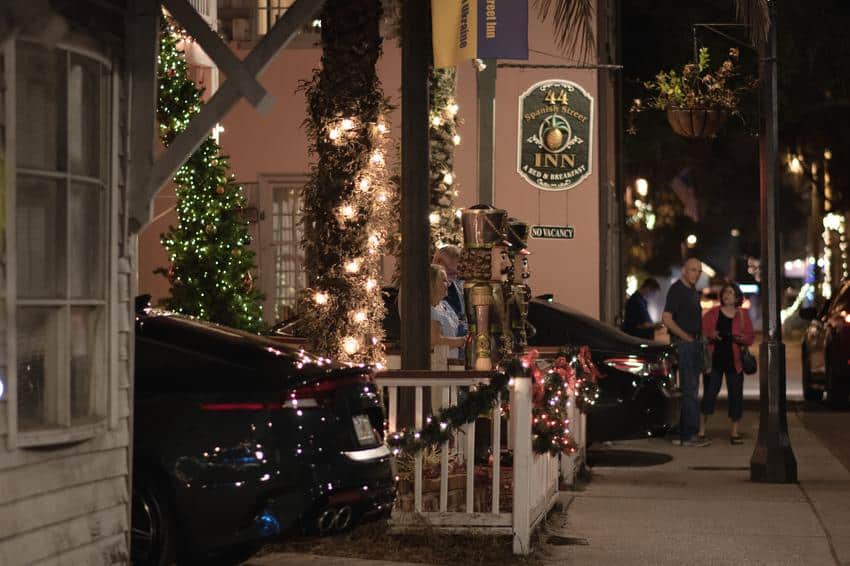
Do you enjoy books? If so, any specific genre?
I am an avid reader and love books that can help me grow personally and professionally. I am part of a business book club where we read self-help and business-related books. We are currently reading Trust by Iyanla Vanzant. But, when I want to unwind, I enjoy reading light-hearted romance novels for leisure.
What is your favorite photographic accomplishment?
Capturing the memories of my two sons through my lens would be my greatest photographic accomplishment. Although I haven’t received any awards for my photography, I have had a few features online and in publications, but nothing compares to the images of my children. My walls are adorned with their pictures, especially the ones from when they were babies and young kids, as those moments were so fleeting, and I’m grateful to have them captured forever.
What advice would you give someone who just picked up their new camera on how to get started?
Get out there and start taking pictures! I always recommend getting hands-on experience by simply going out and taking shots. With digital photography and instant gratification, you can quickly learn what works and what doesn’t, allowing you to make adjustments on the fly. Additionally, finding a mentor can also be extremely valuable. A seasoned photographer will often be more than happy to share their knowledge and provide guidance on how to get started.
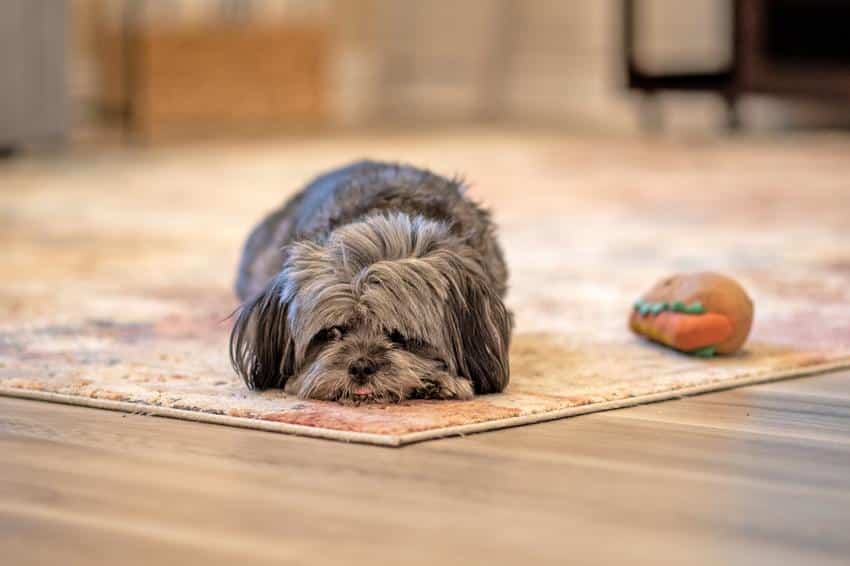
If you had a question you would like to ask another photographer what would it be?
I would ask about their gear and the reasons behind their choices. I believe that equipment can play a significant role in the final outcome of a photograph, and I am always curious to learn about different perspectives and approaches to photography.
What’s the best thing for you about living on the First Coast?
As a recent arrival to the First Coast, my family and I have thoroughly enjoyed our time here. The abundance of sunny weather, proximity to stunning beaches, and plethora of recreational activities and dining options have all been highlights for us.
How can we see your work?
www.lemasterphoto.com
www.facebook.com/lemasterphoto
- About the Author
- Latest Posts
Glenn is the founder and publisher of First Coast Life. He is also a wonderful storyteller. Born on the 4th of July, he spends his spare time taking his camera and exploring everything beautiful this region offers with his rescue dog Callie by his side. He loves meeting new people and capturing the many beautiful moments and amazing local stories that showcase the true spirit of the area.

